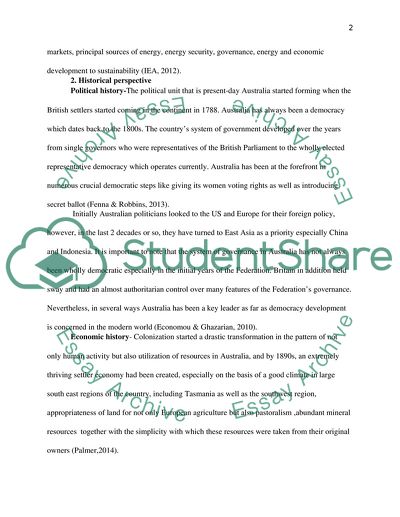Cite this document
(Energy and Natural Resources Coursework Example | Topics and Well Written Essays - 3000 words, n.d.)
Energy and Natural Resources Coursework Example | Topics and Well Written Essays - 3000 words. Retrieved from https://studentshare.org/environmental-studies/1880014-public-policy-energy-natural-resources-australia
Energy and Natural Resources Coursework Example | Topics and Well Written Essays - 3000 words. Retrieved from https://studentshare.org/environmental-studies/1880014-public-policy-energy-natural-resources-australia
(Energy and Natural Resources Coursework Example | Topics and Well Written Essays - 3000 Words)
Energy and Natural Resources Coursework Example | Topics and Well Written Essays - 3000 Words. https://studentshare.org/environmental-studies/1880014-public-policy-energy-natural-resources-australia.
Energy and Natural Resources Coursework Example | Topics and Well Written Essays - 3000 Words. https://studentshare.org/environmental-studies/1880014-public-policy-energy-natural-resources-australia.
“Energy and Natural Resources Coursework Example | Topics and Well Written Essays - 3000 Words”, n.d. https://studentshare.org/environmental-studies/1880014-public-policy-energy-natural-resources-australia.


